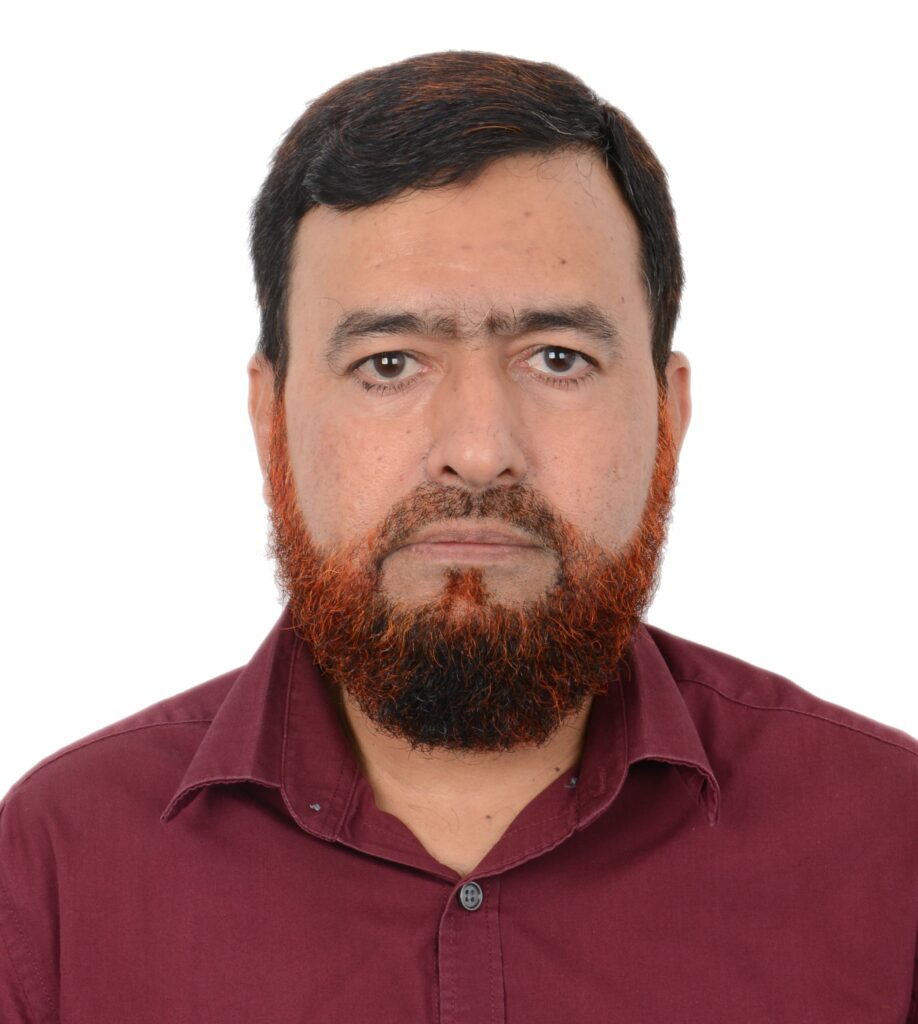Combat-effective, with the lowest pressure drop
Sustainability and Indoor Air Quality (IAQ) are two important factors while designing an effective air conditioning system for any type of building, especially in the aftermath of the pandemic. Sustainability encompasses an improved energy efficiency profile of the building and a lower Total Cost of Ownership (TCO).
There are many different technologies available to achieve the required IAQ but not all are sustainable. Indeed, no product can be fully sustainable, but we can try to go as close as possible to sustainability.
The Micro Electrostatic Precipitator (MESP) technology – commonly known as Electronic Virus Filter – is a new-generation air-purification technology. Its unique particle-collection filter is an innovative dielectric with an intense electrical field, which enables the removal of even the tiniest particles with the lowest possible pressure drop. The filter’s dielectric material prevents current from flowing between electrodes even though an intense electric field is generated.
In this system, airborne particles in propelled air flow are electrically charged before passing into a honeycomb-shaped filter. The filter is formed by layers or rows of tubes, and each row contains thin electrode sheets with insulation coating that generate intense electrical fields within the tubes. Charged particles – pollutants, bacteria, germs and viruses – are pulled to the walls of the tubes, where they firmly stick. The polymer tube’s insulation material prevents current from flowing between electrodes, even though an intense electric field. The unique volt-ampere characteristic curve of this technology leads to the result: High voltage and extremely low current without the potential dangers of electrode damage and electric shock and ozone emission exceeding the safe range, which are traditional weaknesses in the case of Electrostatic Precipitators.


The unique nano PP-made filter is washable and reusable without efficiency loss. The total running cost is much lower than traditional media filters. The Return on Investment (ROI) is achieved not only due to the cost associated with the replacement of filters but also through energy saving due to low pressure drop across the filters, as compared to traditional filters in an air conditioning equipment. The client continues to get the benefits of energy saving in terms of electricity consumption even after the ROI period, thereby having a good amount of savings over the long term.

The filtration technology is a comprehensive IAQ solution that eliminates 99.96% pathogens – viruses (including the dreaded Corona Virus), bacteria, mould and mildew – and 99% of particulate matter by means of a washable filter without harmful by-products, which means it can safely work around children, elders and patients.
The technology can be used in products ranging from domestic portable units to standalone wall-, ceiling- and duct-mounted units, and extending to the commercial line to fit into air-handling units (AHUs) and fan-coil units (FCUs) of a building’s HVAC system. It replaces traditional filters for achieving effective IAQ in occupied spaces. The biggest advantage of the commercial line range of this filtration is that it is designed for use in New Construction as well as in retrofit projects. If backed by third-party certificates related to safety, purification efficiency and effectiveness against pathogens, along with case studies to support the claim of successful application in projects, the technology is the futuristic sustainable solution the world has been looking for to achieve better IAQ – in terms of air purification and sterilisation – along with energy savings.
In one of the recent Cover Story articles in Climate Control Middle East magazine, it was very correctly pointed out that there is a hinderance in the widespread adoption of effective IAQ measures in the Middle East market mainly due to cost and budgetary constraints, followed by lack of regulation and guidelines and lack of granular awareness.
Such hinderances can be overcome if leaders in technological innovations educate institutions, clients and end-users on the long-term benefits and savings they can achieve by a slight initial budget escalation to implement innovative technologies in their project. After all, it is our collective responsibility to leave behind a legacy of sustainable and innovative technologies for future generations.
The writer is Business Development Manager (Middle East) at AirQuality Technology. He may be contacted at shaheen.sayed@airquality.com.

